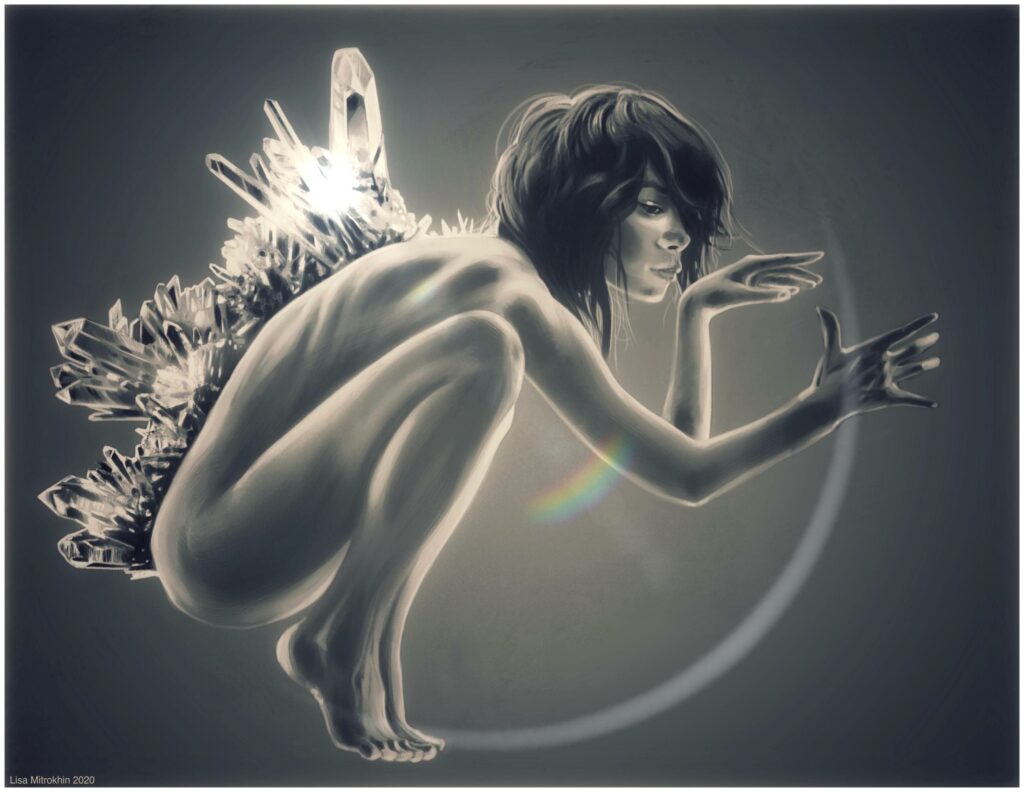
I discovered Corel Painter over a decade ago when I was still a tattoo artist. I wanted a faster and easier way to manipulate, twist, and shape my designs, and to be able to present the proposals to my clients mapped onto actual photos of them.

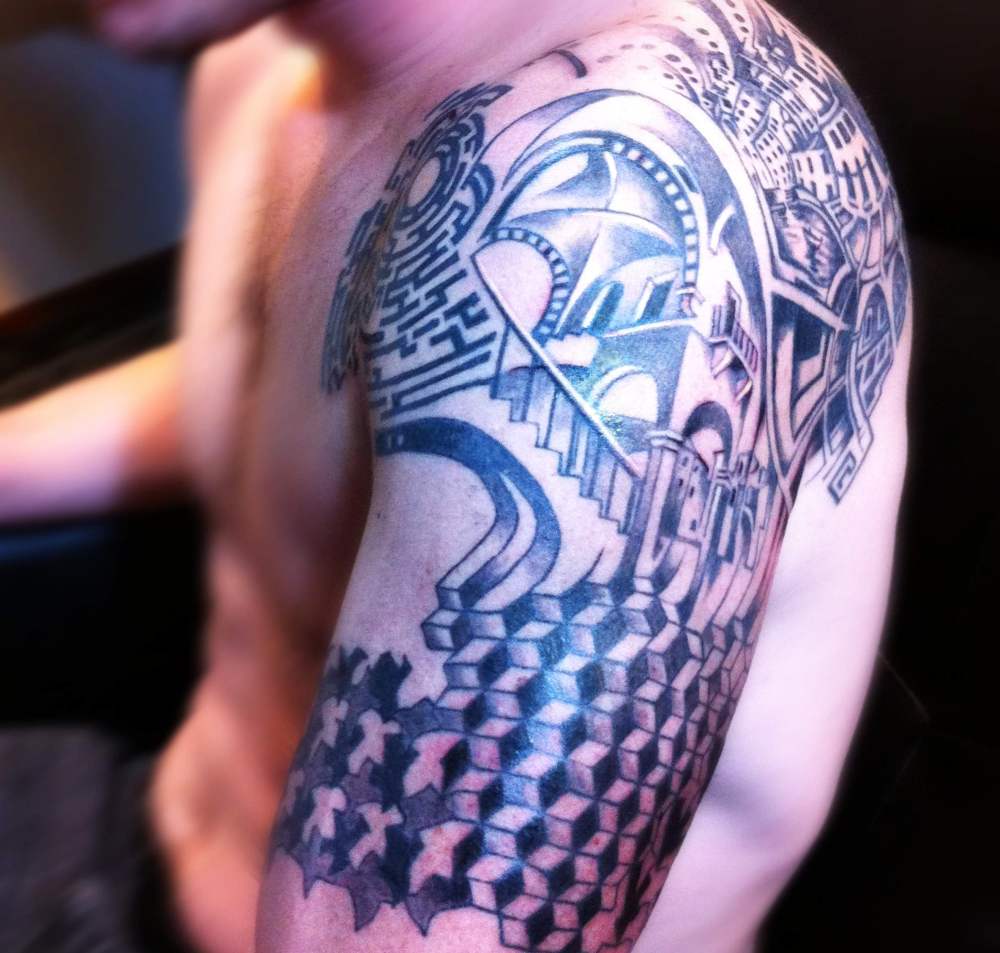
I’m not a vector gal. Never have been. Never will be. I’m a painter, an illustrator, a tattooist, and much more. I’m very hands-on. I needed a program that would allow me to use my drawing hand the way that I use it with brushes, pencils and a tattoo gun. Corel Painter is the closest thing to actual painting that I’ve been able to find to this day.
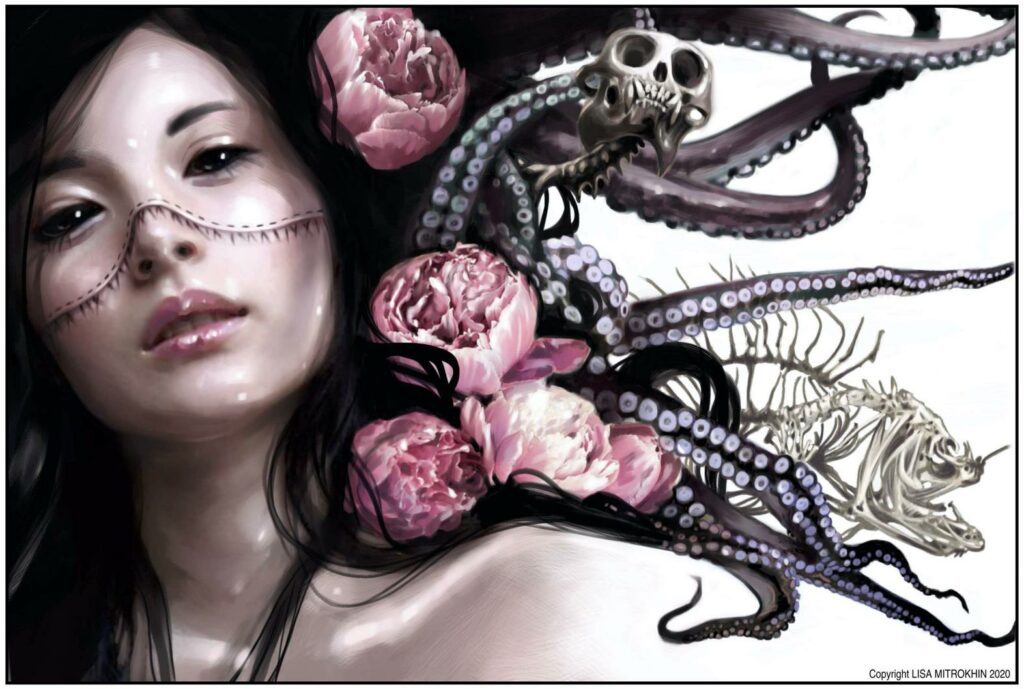
My first purchase after Corel Painter was a designated drawing screen. I went with a Wacom Cintiq. I use it still.
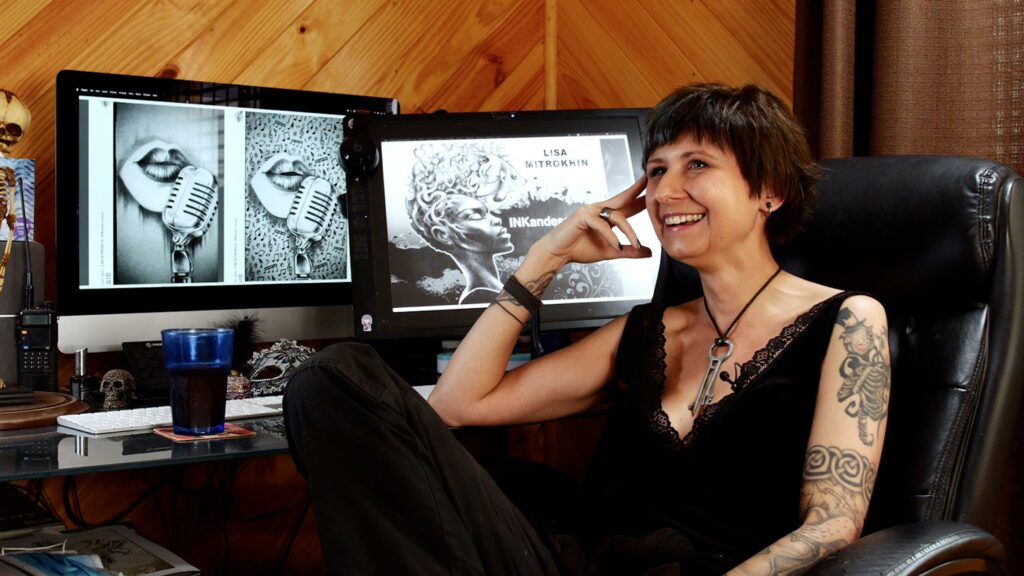
The first version of Corel that I got was Corel Painter X. I used that version for about eight years before upgrading to CP18, and today I’m enjoying Corel Painter 2020.
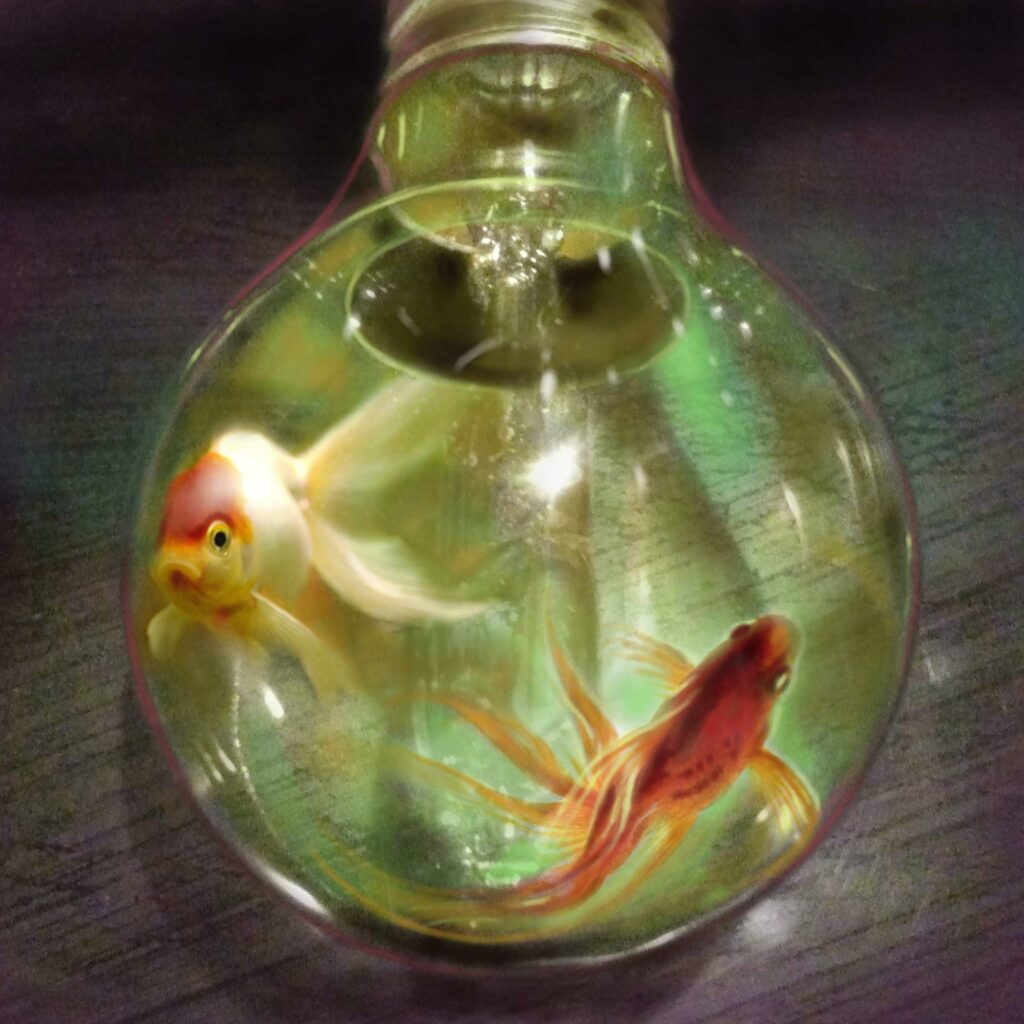
These days I create a lot of line art and grey-scale colorable art for the adult coloring community. Frequently, I actually create a full color digital painting, and then transform it into a coloring page.
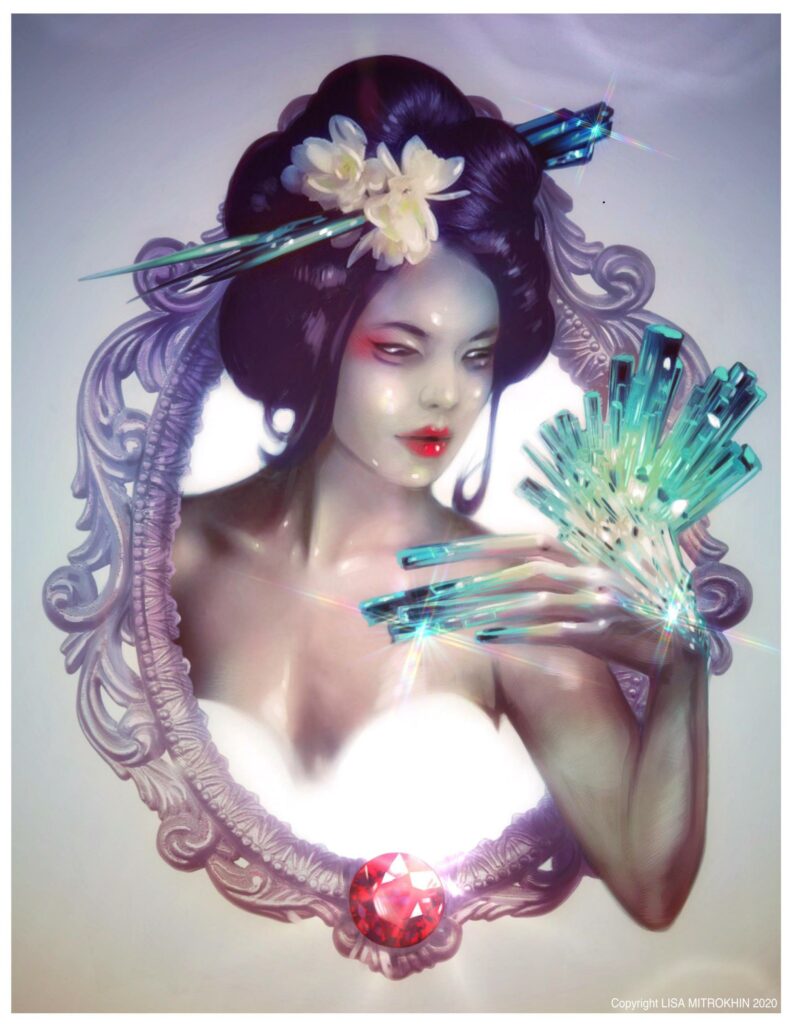
One of my favorite things to paint in Corel is portraits. Here’re some of my latest that I’m preparing for a new Udemy course on skin tones.
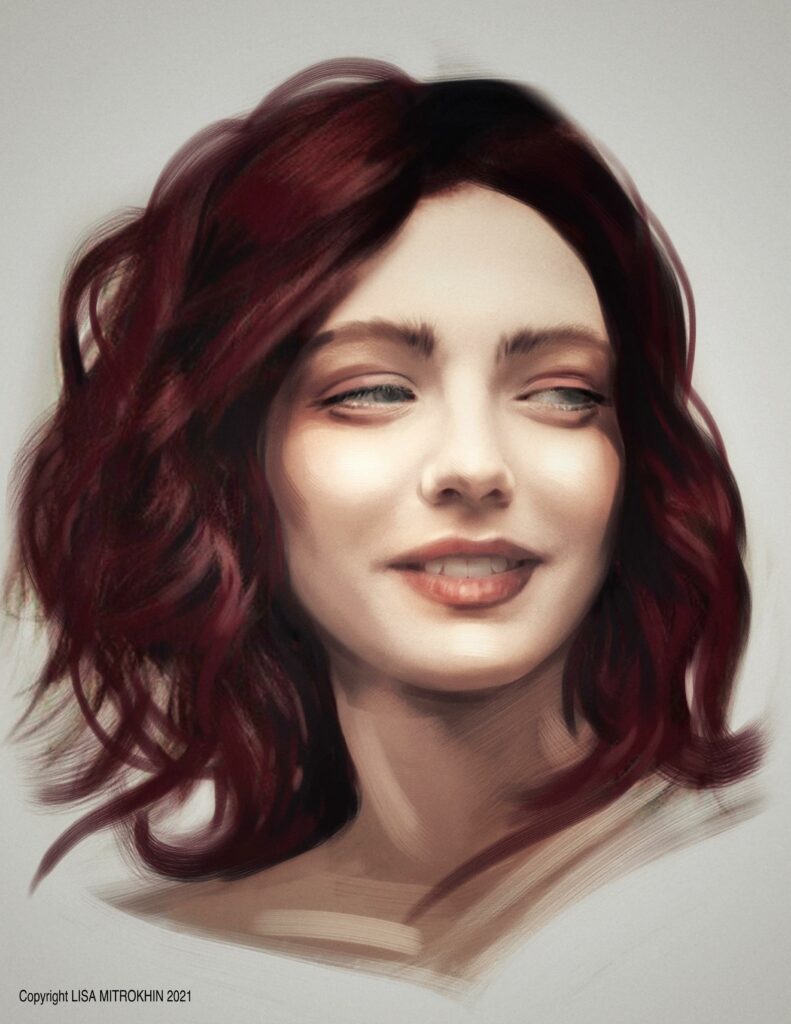
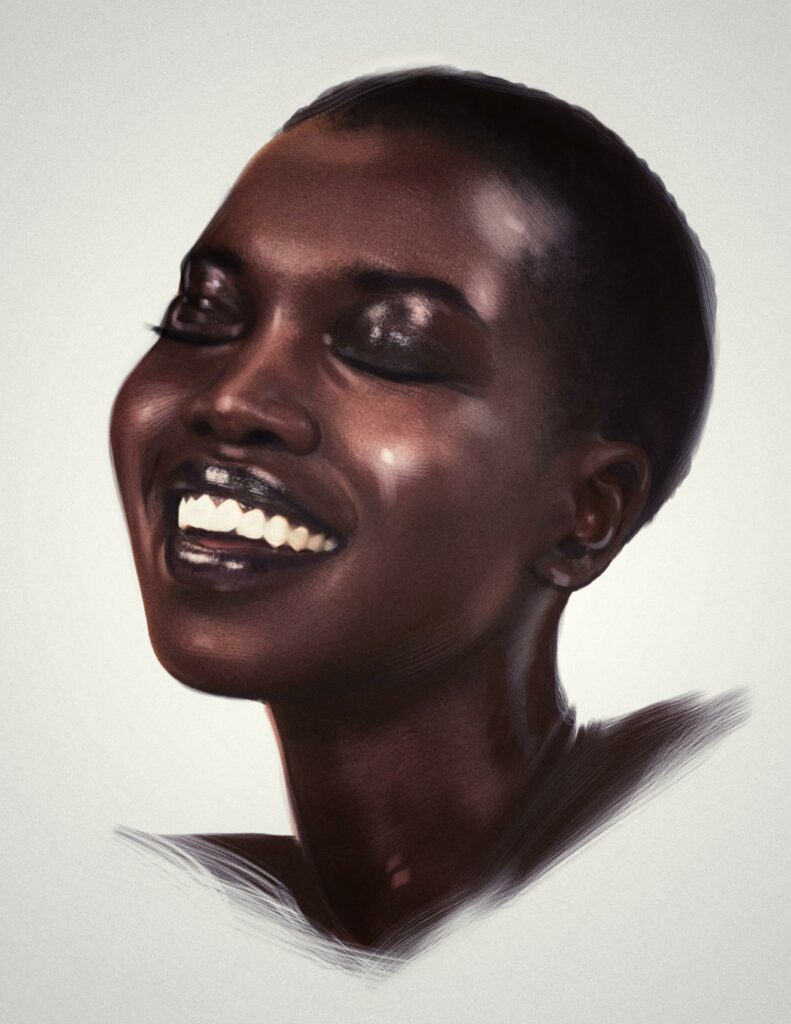
As much as I love it, I don’t always work on my giant Wacom screen. Some nights I like to curl up on the couch with a cup of tea and an ipad, and work on my designs on a smaller scale.
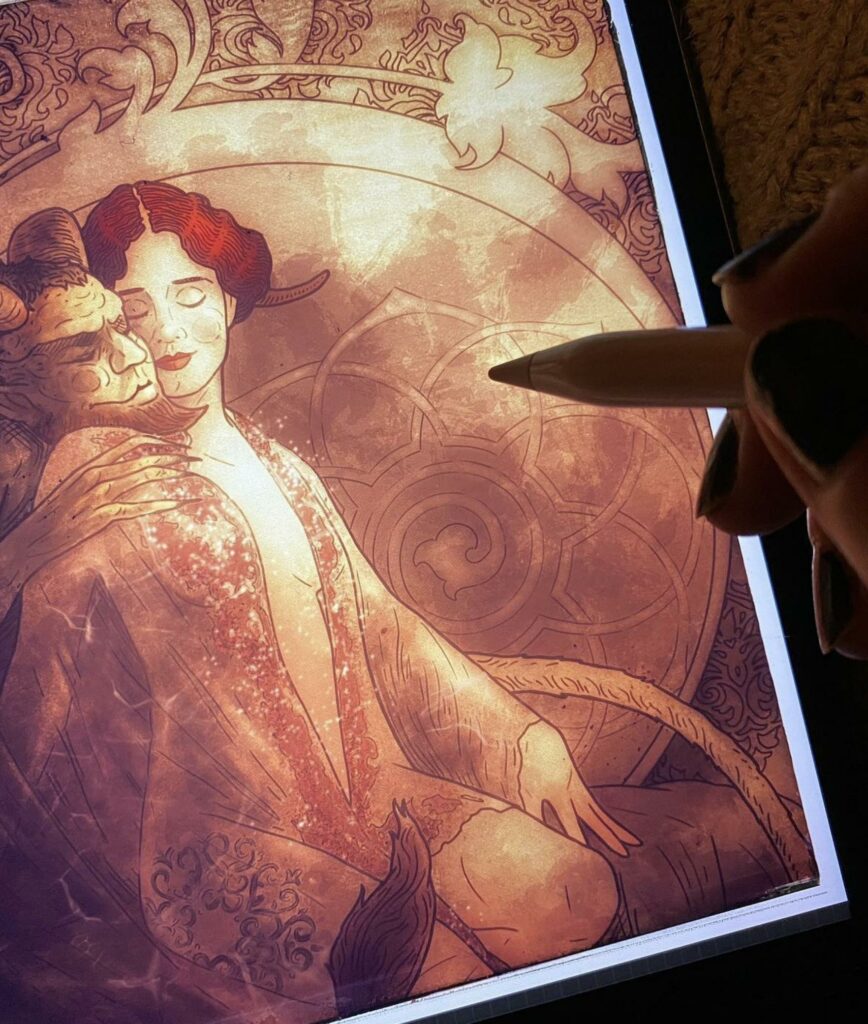
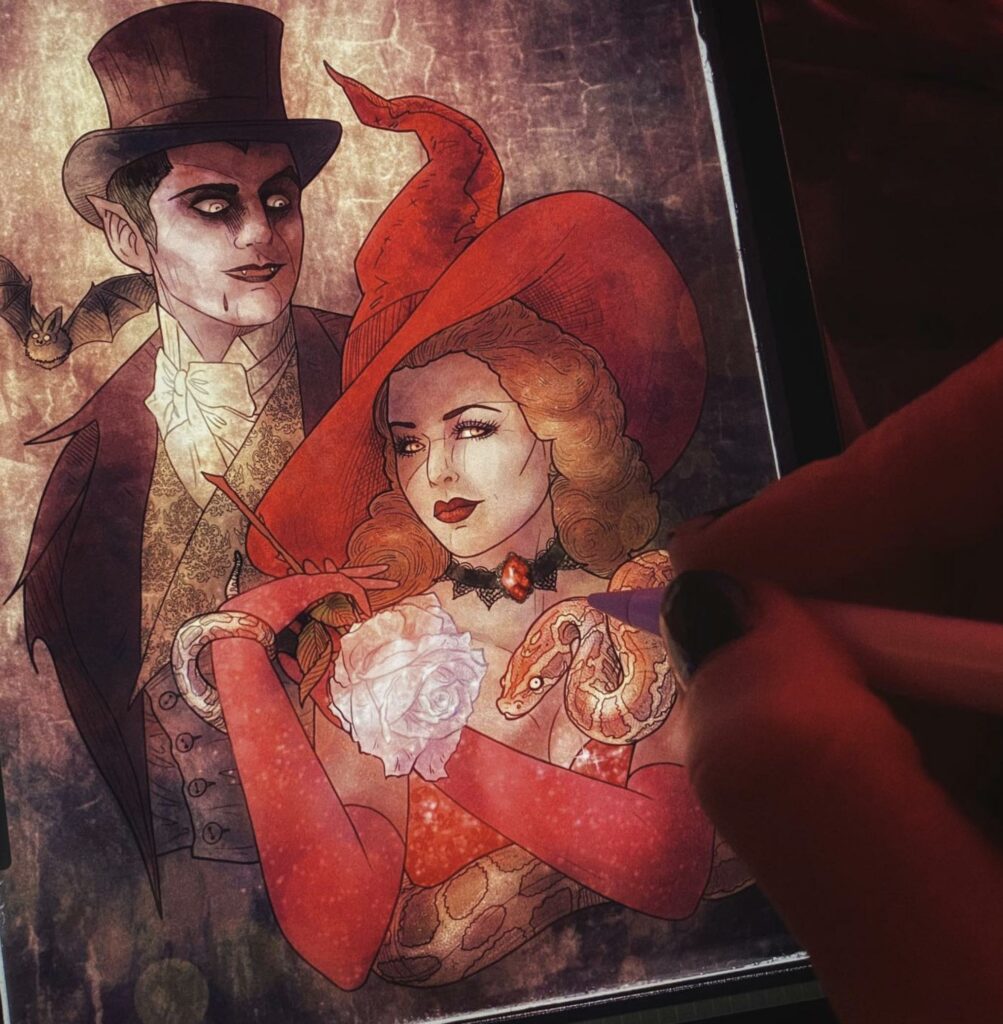
There’s a popular misconception that making art digitally is somehow cheating. This way of thinking comes from a lack of knowledge. People who are not familiar with digital painting software assume that to create digital paintings we punch in a bunch of computer commands, press some buttons and BOOM – art appears. Nothing could be further from the truth.
When I paint digitally, I use all the same skill sets as I do when drawing on paper, painting on canvas, or inking on skin. What the program does is it gives me a boost in magical powers. For instance, I don’t need to wait for paint layers to dry, yet I can customize my brushes and even pressure sensitivity. I can work on a virtual canvas of any size, while in reality I’m limited by physical space. I can work in media forms that are not available to me in real life. And my ultimate favorite – I NEVER have to clean my brushes.
I started using a painter program when I was already an accomplished artist, as a means to speed up and fine-tune the delivery of my art, so that I can spend more time on the creative process and less time on, well, watching paint dry.
Working digitally did not prevent me from continuing to make classic analog art. I draw and paint daily, and find that the two ways (digital and analog) only strengthen one another.
If you’re a creator, give digital painting a shot. There’re lots of programs out there. Find the one that’s best for you.
